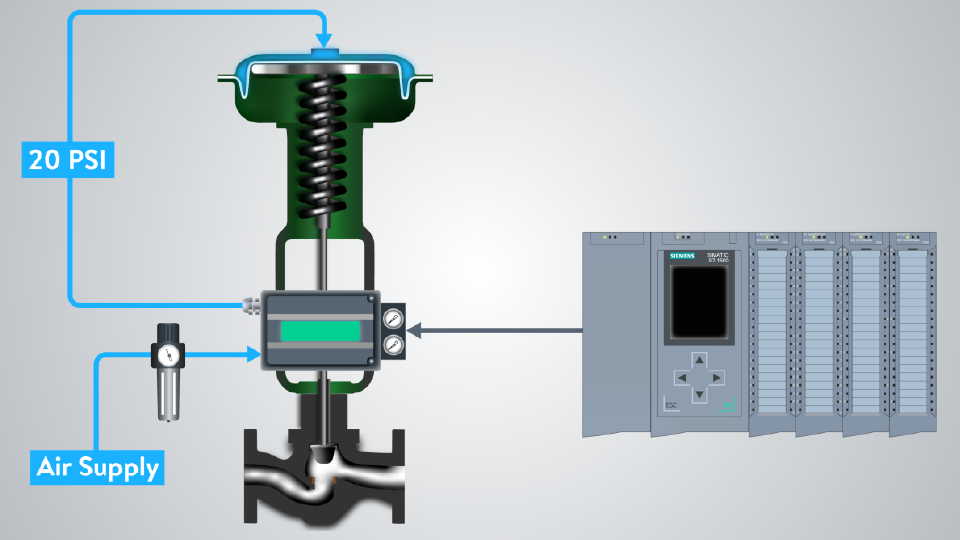Exploring the Functionality of Modern Control Valves in Industrial Applications
Exploring the Functionality of Modern Control Valves in Industrial Applications
Blog Article

Maximize Energy Cost Savings and Comfort With Advanced Building Automation Controls
In the world of modern-day architecture and center management, the combination of innovative building automation manages stands as an essential development. By using the power of automation, structures can adapt, respond, and advance in ways that were once unthinkable.
Energy Performance Advantages
Power efficiency benefits can considerably lower power consumption and functional costs in buildings. Energy-efficient systems, such as innovative structure automation controls, can maximize the usage of sources like air conditioning, home heating, and lights, leading to reduced power expenditures over time.
Moreover, improved power efficiency can lengthen the lifespan of building devices and systems. By running much more efficiently, heating and cooling systems, lighting fixture, and other structure elements experience less damage, resulting in decreased maintenance and replacement costs. Additionally, energy-efficient structures frequently regulate higher residential property values and rental prices, giving long-lasting monetary benefits to proprietors.
Furthermore, power performance can boost resident convenience and performance. Effectively regulated indoor atmospheres with optimum illumination and thermal problems develop a more conducive and enjoyable office, leading to improved staff member complete satisfaction and performance. In general, the power efficiency advantages related to sophisticated building automation controls are complex, incorporating expense financial savings, ecological stewardship, and owner wellness.
Enhanced Comfort Control
Enhancing comfort control in structure settings needs an advanced integration of advanced automation systems for optimum passenger wellness. By making use of innovative building automation controls, centers can tailor the interior setting to satisfy the certain needs and choices of residents. control valves.
Enhanced comfort control exceeds standard temperature changes. It includes attributes such as individualized settings, tenancy sensors, and all-natural light utilization to produce a responsive and vibrant environment. By including these advanced controls, structures can not only boost convenience however also improve energy performance by maximizing system operations based upon actual occupancy and usage patterns. Inevitably, prioritizing passenger comfort with advanced automation systems leads to a more satisfying and much healthier indoor environment.
Functional Performance Improvements

In addition, the implementation of real-time tracking and analytics devices enables building operators to recognize energy inadequacies and functional abnormalities without delay. By continuously keeping track of power use patterns and system performance metrics, changes can be made in real-time to maximize energy consumption and guarantee peak operational performance. control valves. Additionally, incorporating need reaction techniques right into structure automation controls can further enhance operational effectiveness by dynamically changing power use based upon grid problems and rates signals
Indoor Climate Optimization
Efficient indoor climate optimization is a fundamental aspect of building automation controls, making sure passengers' convenience and health while optimizing power savings. By utilizing advanced sensors and controls, building automation systems can continuously change and keep an eye on temperature level, moisture degrees, air quality, and ventilation to develop an optimal interior setting. Keeping regular and comfy conditions not only improves passenger complete satisfaction however likewise increases efficiency Continued and total wellness.
Indoor environment optimization likewise plays an important duty in power effectiveness. By fine-tuning heating, cooling, and ventilation systems based upon real-time information and tenancy patterns, building automation controls can significantly lower energy usage - control valves. For circumstances, this contact form carrying out techniques such as demand-controlled ventilation and thermal zoning can aid reduce energy waste while guaranteeing that each location of the building obtains the essential conditioning.

Sustainable Environment Production
Structure automation controls not only maximize indoor climate problems for energy effectiveness and resident comfort but additionally lay the structure for producing a sustainable setting via critical monitoring of systems and resources. By incorporating sophisticated structure automation technologies, such as sensors, actuators, and smart software, facilities can readjust and keep track of power usage in real-time to decrease waste and decrease their carbon impact. These systems make it possible for anticipating upkeep, determining potential problems prior to they intensify and optimizing devices efficiency to improve durability and efficiency.
Furthermore, lasting environment creation expands beyond power monitoring to encompass water preservation, waste reduction, and indoor air high quality improvement. Building automation controls can control water use, spot leaks, and make certain appropriate garbage disposal methods, adding to total sustainability efforts. Additionally, by managing and keeping an eye on ventilation and filtration systems, these innovations improve passenger health and wellness and page efficiency while lowering power usage connected with heating and cooling operations.
Verdict
Finally, progressed structure automation controls deal substantial advantages in regards to energy cost savings, comfort control, operational effectiveness, indoor environment optimization, and developing a lasting setting. By carrying out these controls, buildings can accomplish optimum efficiency while minimizing energy intake and improving owner convenience. It appears that making use of advanced automation technology is essential in enhancing building performance and creating a much more lasting future.
Energy efficiency advantages can substantially lower power usage and functional prices in structures. Overall, the power efficiency benefits linked with sophisticated building automation controls are multifaceted, encompassing cost savings, environmental stewardship, and owner well-being.
In addition, integrating need feedback approaches right into building automation controls can better improve operational effectiveness by dynamically readjusting energy usage based on grid conditions and pricing signals.
Building automation manages not just optimize interior climate problems for energy efficiency and passenger comfort but also lay the structure for producing a sustainable environment through calculated monitoring of systems and resources.In conclusion, advanced building automation regulates offer significant advantages in terms of energy cost savings, comfort control, functional performance, indoor climate optimization, and producing a lasting setting.
Report this page